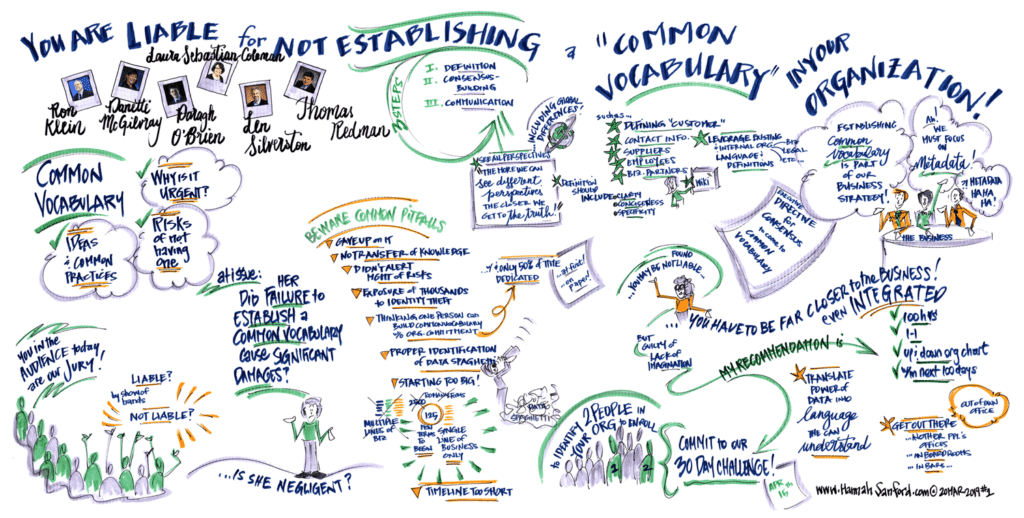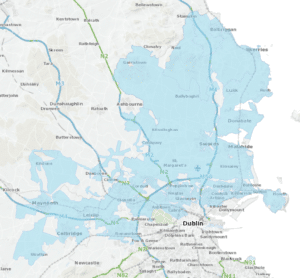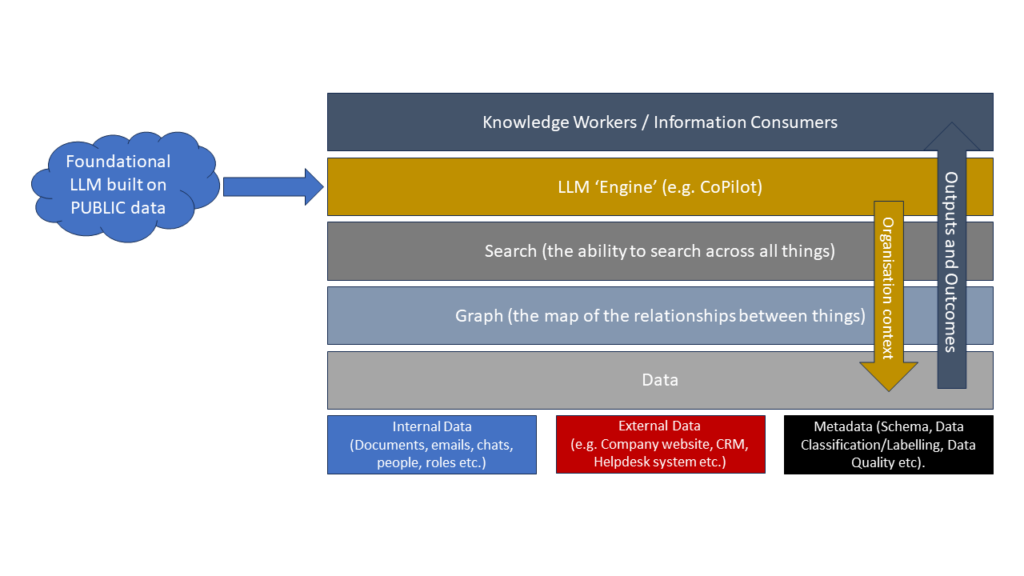
“The Princess Bride Effect”, Boil Water Notices, and Brexit

I’m one of the 600,000 or over 1,000,000 people who is currently boiling the kettle to brush my teeth. Wait . . . how many people? That’s the question. Is it approximately 12% or 20% of the of the population of Ireland that has been without clean water for the past couple days? That’s a big difference in numbers. Why the confusion? This is an example of something I call the “Princess Bride Effect”.
A Boil Water Notice has been issued for customers supplied by Leixlip Water Plant. The areas impacted are parts of Fingal, DCC, South Dublin, parts of Kildare and Dunboyne. https://t.co/xvxxSSvxEh is experiencing some issues and will be back online as soon as possible. pic.twitter.com/BD918H9UCo
— Uisce Éireann – Irish Water (@IrishWater) October 22, 2019
The difference is in metadata definitions. The notifications around the continuing Boil Water Notice have both talked about “customers” affected by the contaminated water supply and “people” affected by the contaminated water supply. Which of these things they are talking about can make a big difference. In the past, Irish Water has used “customer” to mean something like “a household at the end of the water meter”, because that is the entity that they use to track water usage. In that case, a “customer” is likely to be a household with multiple people in it. This is a common concept in utilities. The “customer” is the one paying the bill in the household with an account.

Areas in the Greater Dublin Area affected by the boil water notice
I’m not sure which definition the press has been using — “Customer”= individual person or “customer” = “metered household”, and that could make a massive difference. Journalists may have assumed that “customer” = “person”, rather than “household”. The map of areas under the Boil Water Notice looks to cover about half of the greater Dublin area, so that suggests we are looking at more like over a million people, in which case “customer” does not = “person”. It’s possible that in calculating “customers” affected, one of the things that was lost was a connection to how that relates to the people involved.
Or as Inigo Montoya said in The Princess Bride, “You keep using that word . . . I do not think it means what you think it means”.

This issue is absolutely not unique to Irish Water or to the utilities sector, and it is an example of why one of the core activities in Data Governance is defining an agreed business vocabulary. For instance, several years ago Eircom cut off a single customer for unpaid bills, but this affected about 64,000 people’s phone accounts. Why is that? The single customer that Eircom cut off was Smart Telecom.
It’s a rule of thumb in Castlebridge that if you ask five people in different areas of a company to define “customer”, you will get at least seven different definitions. While all of these definitions of “customer” may be perfectly valid in the context the person is using it, it may be mutually incompatible with somebody else’s completely valid definition that they are using. This lack of common vocabulary can cause massive miscommunication and result in business decisions that are not ideal for either the organization or its “customers”.
We’ve seen this same problem in the ongoing Brexit debacle, with Teresa May’s famous tautology “Brexit means Brexit” repeated robotically while nobody can agree what was actually voted for. There is a lot uncertainty around Brexit still, and one of the root causes is a failure to define a common vocabulary at the outset.
People were asked to vote “Remain” or “Leave”, but there are multiple mutually incompatible definitions of what the future state of “leaving” is supposed to look like, so years have been wasted while UK parliament argued with itself on what it was they were meant to be implementing, resulting in wasted time, effort, massive confusion, and a great deal of difficulty negotiating or coming to an agreement with the EU. Because no possible agreement could fit everyone’s understanding of what “Brexit” should look like. Without defining “Brexit”, there was no common vocabulary to work with. In other words, “You keep using that word . . . I do not think it means what you think it means”.
Having a defined “Common Vocabulary” in your organization is an essential risk management practice. It’s something I’m honoured to be be joining Danette McGilvray, Ron Klein, Thomas Redman, Laura Sebatian-Coleman, and Len Silverston to talk about in a mock trial this December at DG Vision in Washington DC. This is a reprise of an incredibly popular session we presented last March in Boston. (The visual note taking for that session done by the brilliant Hannah Sandford is the headline graphic for this blog. If you want to see it in full, it’s available here.) I ended up filling in for my colleague Daragh on that session, as he has been working with Danette, Tom, Ron, Laura and Len for years to drive change and better Data Governance in organizations. Our goal is to help people (not customers) understand why having a common vocabulary is so important, what some of the common challenges are in developing one for your organization, and what some best practices are. Most importantly, we hope to inspire people to action to build a common vocabulary in their organization.


